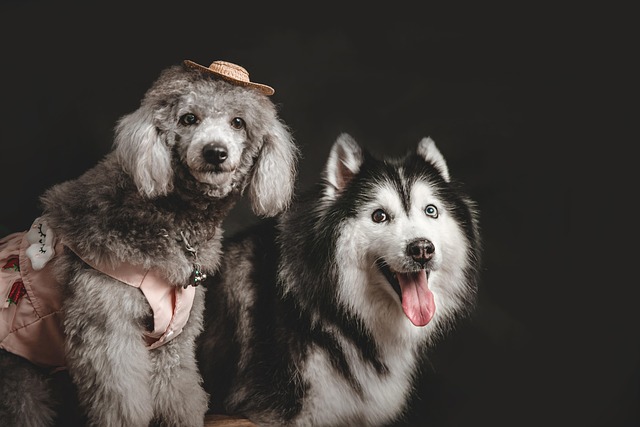
What is the best type of training for a dog?
There’s no one-size-fits-all answer to what makes the best dog training, but most experts agree that methods built on positive reinforcement tend to yield the most lasting results.
Living with a Labrador can feel like sharing your home with an enthusiastic whirlwind—one that wags its tail, leaps for joy at the faintest sound, and sometimes just can’t seem to settle down. If you’ve ever wondered how to train a Labrador to be calm, you’re certainly not alone. It’s a journey filled with both patience and discovery, and understanding the “why” behind all that energy is the first step toward lasting change.
Labradors are famous for their spirited personalities. Bred originally as working dogs, their genetics have wired them for endurance, curiosity, and a healthy appetite for activity. This means that even the most basic obedience commands—sit, stay, down—while essential, often aren’t enough to address the root of hyperactivity. You may find that traditional obedience training helps in the moment, but doesn’t always carry over to real-life situations. That’s because a Labrador’s energy isn’t just physical; it’s mental as well. Without a proper outlet, that energy can bubble over into hyperactive or even destructive behavior.
So, what’s really going on inside that busy Labrador mind? Recent insights from behavioral psychology shed some light here. Dogs, much like people, need mental engagement to feel secure and balanced. When a dog’s mind is left unstimulated, boredom and anxiety can take hold, fueling that restless energy. Mental stimulation techniques—such as puzzle toys, scent games, and problem-solving activities—do more than keep a dog busy. They activate the brain’s reward system, releasing feel-good chemicals that naturally soothe and calm. Interestingly, studies have shown that dogs who engage in regular mental challenges exhibit lower stress levels and are less prone to anxiety-driven outbursts. So, calming a hyperactive Labrador isn’t just about tiring out their body; it’s about engaging their mind.
One of the most practical ways to channel that boundless Labrador energy is through structured play. Unlike simple “fetch-until-they-drop” sessions, structured play involves clear rules, boundaries, and goals. Think of activities like hide-and-seek, tug with set start and stop cues, or agility exercises that require the dog to wait, listen, and respond. These types of play satisfy a Labrador’s instinct for work and reward, while also teaching impulse control. For example, you might introduce a game where your Labrador must wait for a release word before chasing a toy—transforming playtime into a rewarding training opportunity. Structured play for Labrador training isn’t just fun for them; it’s a powerful tool in your calming toolkit.
Of course, no training plan is complete without a balance of obedience, mental stimulation, and physical exercise. The sweet spot—where Labradors become calm, attentive companions—lies at the intersection of these elements. Obedience commands provide structure, mental games offer a challenge, and physical activity burns excess energy. It’s not about exhausting your dog into submission, but about creating a daily rhythm that keeps both their mind and body satisfied. For instance, a training session might begin with a brisk walk (physical exercise), transition into a scent game or puzzle toy (mental stimulation), and wrap up with practicing “settle” or “place” commands (obedience). By weaving these together, you help your Labrador understand that calmness is rewarded, not just excitement.
So, what does a day look like when you truly want to train a Labrador to be calm? Here’s a practical routine you can follow. Start your morning with a structured walk—let your Labrador sniff and explore, but also ask for sits and waits at curbs to reinforce focus. Back home, offer a food puzzle or scatter kibble for a scent search in the yard. Midday can be a good time for short, targeted play sessions: try a few rounds of hide-and-seek or a tug game where your Labrador has to “drop it” on cue. In the afternoon, fit in a five-minute obedience refresher, working on commands like “down,” “stay,” or “relax” on a mat. Evening is perfect for winding down with a calming chew or gentle grooming session, reinforcing that calm behavior leads to rewarding experiences. The key is consistency—Labradors thrive on routine, and over time, they’ll begin to anticipate and settle into the flow of the day.
But let’s be real: even the best-laid plans can hit bumps. Some Labradors seem to have an endless supply of energy, while others might be easily overstimulated by too much activity. You might encounter setbacks, like regression in training or sudden bursts of hyperactivity after a calm period. If you find your Labrador struggling to focus, try breaking tasks into shorter, more frequent sessions. For dogs who get overstimulated quickly, use quiet spaces and low-key rewards to reinforce calmness—sometimes just sitting quietly together with soft praise can work wonders. And if you’re feeling stuck, don’t hesitate to reach out to a certified dog trainer or a veterinary behaviorist. These professionals can offer tailored advice, and in some cases, help rule out underlying medical issues that might be fueling your Labrador’s restlessness.
Every Labrador is unique, and what works for one may not work for another. The common thread, though, is that with understanding, patience, and the right blend of obedience, play, and mental challenges, even the most exuberant Labradors can learn to be calm. It’s not about changing who they are—it’s about guiding their energy in ways that make life richer for both of you. And honestly, isn’t that what we all want—for our dogs to be happy, balanced, and truly at home in their own skin?

There’s no one-size-fits-all answer to what makes the best dog training, but most experts agree that methods built on positive reinforcement tend to yield the most lasting results.
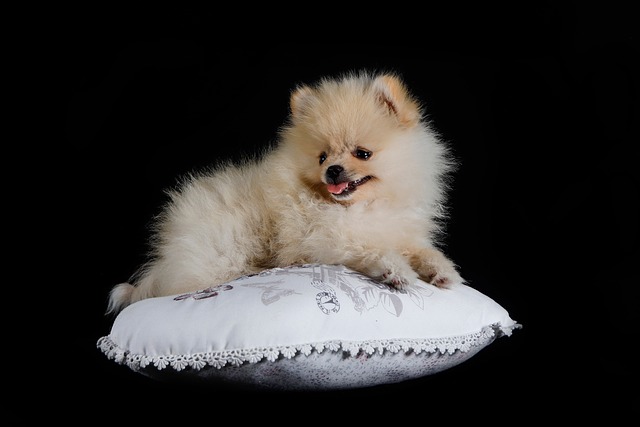
Welcoming an 8-week-old puppy into your home is a joy filled with wiggly tails and endless curiosity. One of the first steps in building a strong bond is teaching them their name.

If you’ve ever sat up at night, listening to your gray-muzzled dog pace back and forth, stopping to whine or stare at a wall, you know the worry that comes with a restless senior pup.
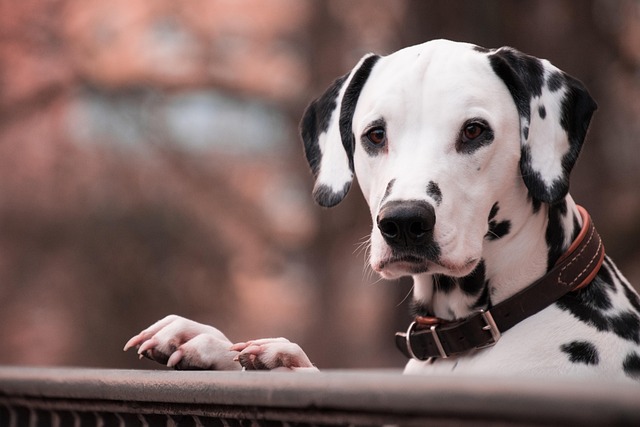
Training a service dog starts long before they’re ready to assist with specific tasks—their journey begins with building a foundation of trust, focus, and adaptability, and the timing of this training matters more than you might think.
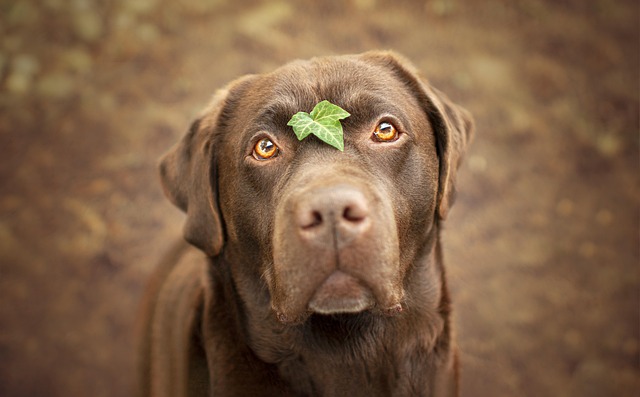
Watching a tiny puppy fumble through their first attempts to sit can feel like watching a little acrobat mastering a new trick.
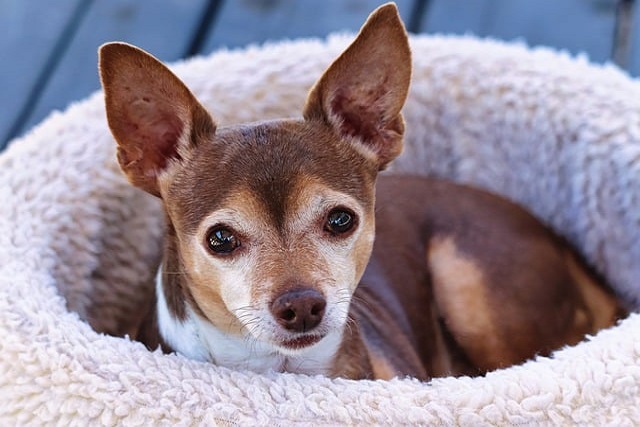
If you’ve ever found your flower bed dug up or your favorite shrub chewed to bits, you’ve probably searched for easy ways to keep neighborhood dogs (or even your own) out of your yard.